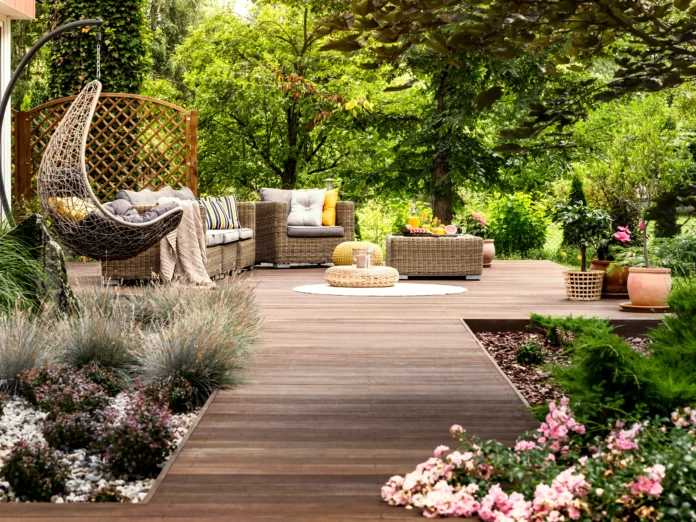If you’re a homeowner or property manager, landscaping is likely at the top of your mind. Not only do you want your yard to look beautiful, but you also want it to be sustainable and eco-friendly. Fortunately, there are plenty of ways to achieve both of these goals.
Sustainable landscaping refers to practices that promote the health and well-being of both the environment and the people who live in it. This can include everything from choosing the right plants and materials and conserving water and minimizing waste to choosing the right professional service such as Sarasota landscaping. The goal is to create a beautiful outdoor space that’s also functional, eco-friendly, and in harmony with nature.
Understanding the Importance of Sustainable Landscaping
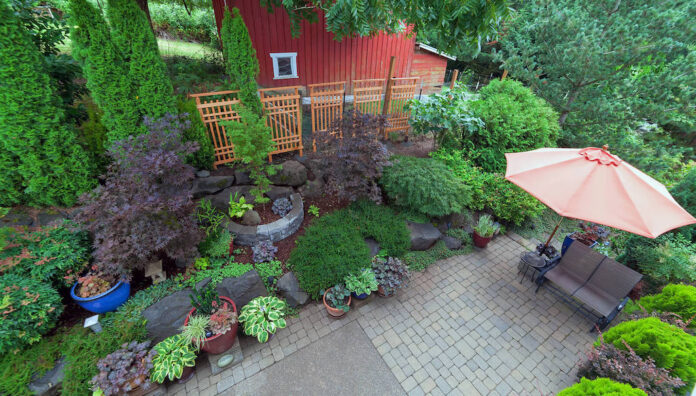
Sustainable landscaping is important for a variety of reasons. First and foremost, it helps to conserve natural resources and reduce waste. By choosing native plants and materials that require less water and maintenance, you can minimize your impact on the environment and reduce your carbon footprint.
Additionally, sustainable landscaping can help to create a healthy, thriving ecosystem in your own backyard. By using organic fertilizers and pesticides, and by planting a diverse array of native plants, you can attract beneficial insects, birds, and other wildlife to your yard. This, in turn, can help to improve the overall health and biodiversity of the region.
Designing a Plan
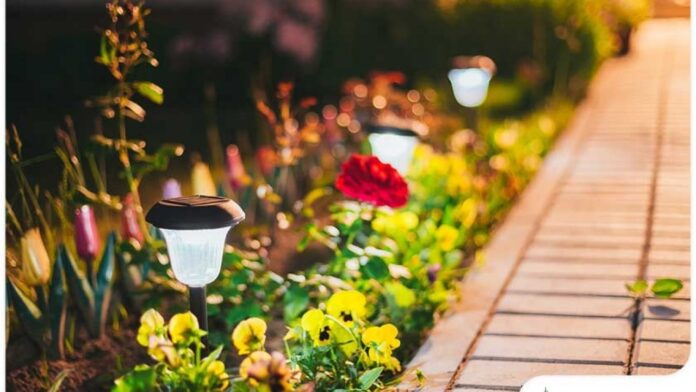
The first step in creating a sustainable landscape is to develop a plan that takes into account your goals, your budget, and your property’s unique characteristics. This may involve working with a professional landscaper or horticulturist to assess your soil quality, sun exposure, and other factors that can impact plant growth.
When designing your landscape plan, it’s important to choose plants that are well-suited to your climate and soil conditions. This can help to minimize the need for irrigation, fertilizers, and other resources that can be harmful to the environment. Additionally, you may want to consider using natural mulches and composts to improve soil health and reduce the need for chemical fertilizers.
Choosing Sustainable Landscaping Materials
In addition to choosing the right plants, it’s important to choose sustainable materials for hardscaping and other landscaping elements. This can include everything from recycled concrete and stone to sustainably harvested wood and bamboo.
When selecting materials, be sure to look for options that are durable, low-maintenance, and designed to last for many years. This can help to minimize waste and reduce your impact on the environment over time.
Water Conservation Techniques
Water is a precious resource, and one that’s becoming increasingly scarce in many parts of the world. It’s important to take steps to conserve water whenever possible. This can include everything from using drip irrigation systems to collecting rainwater in barrels for later use.
In addition to conserving water, you may also want to consider using plants that are drought-tolerant and require less water overall. This can help to minimize your water usage and reduce your impact on the environment.
Composting and Soil Health
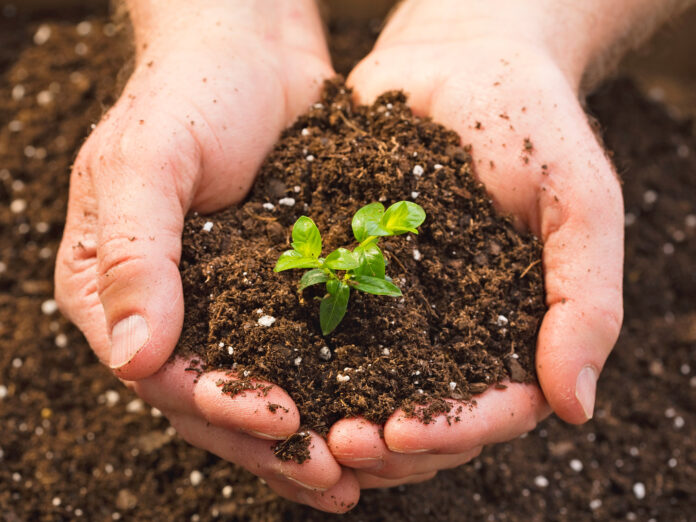
Healthy soil is essential for sustainable landscaping. By composting your yard waste and other organic materials, you can improve soil quality and reduce the need for chemical fertilizers. Additionally, you may want to consider planting cover crops and other vegetation that can help to improve soil health and prevent erosion.
Planting Strategies
When it comes to sustainable landscaping, planting strategies are key. By selecting a diverse array of native plants and incorporating them into your landscape design, you can create a healthy and vibrant ecosystem that supports local wildlife and minimizes your impact on the environment.
In addition to choosing the right plants, it’s important to consider how you arrange them in your landscape design. For example, grouping plants with similar water needs together can help to minimize water usage and prevent overwatering. Additionally, you may want to consider using plants with deep root systems that can help to improve soil health and prevent erosion.
Lawn Care for Sustainable Landscaping
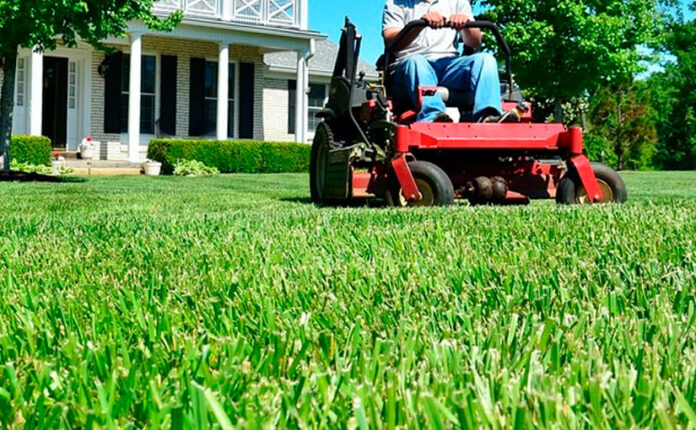
Lawns are a common feature of many landscaping designs, but they can also be a major source of water usage and environmental damage. To minimize your impact, consider reducing the size of your lawn or replacing it with alternative ground covers like native grasses or wildflowers.
If you do have a lawn, be sure to mow it to the correct height and avoid overwatering. Additionally, you may want to consider using organic fertilizers and natural pest control methods to keep your lawn healthy without harming the environment.
Energy-Efficient Landscaping Lighting

Outdoor lighting is an important element of many landscaping designs, but it can also be a major source of energy waste and light pollution. To minimize your impact, consider using LED bulbs, which are more energy-efficient and longer-lasting than traditional bulbs.
Additionally, you may want to consider using motion sensors or timers to control your outdoor lighting and avoid lighting areas that don’t need to be illuminated. This can help to reduce your energy usage and minimize your impact on the environment.
Wildlife-Friendly Techniques
Incorporating wildlife-friendly features into your landscaping design can help to support local ecosystems and minimize your impact on the environment. This can include everything from planting native flowers that attract pollinators to providing nesting boxes for birds and other wildlife.
Additionally, you may want to consider using natural pest control methods that don’t harm beneficial insects like bees and butterflies. By supporting local wildlife, you can create a healthy, thriving ecosystem that benefits both the environment and your property.
Maintaining a Sustainable Landscape
Maintaining a sustainable landscape requires ongoing care and attention. This can include everything from regular watering and pruning to composting and fertilizing. Additionally, you may want to consider hiring a professional landscaper or horticulturist to help you maintain your landscape over time.
By staying on top of maintenance tasks and taking a proactive approach to sustainability, you can create a beautiful and eco-friendly outdoor space that’s enjoyable for years to come.
Conclusion
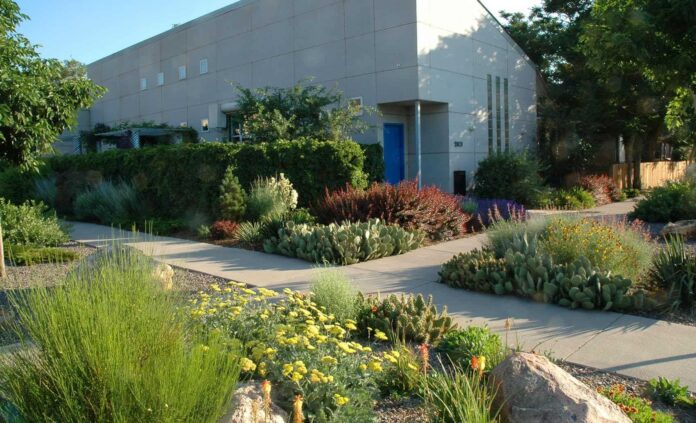
Sustainable landscaping is a great way to create a beautiful, healthy yard without harming the environment. By using eco-friendly practices such as composting, rainwater harvesting, and native plants, you can help reduce your carbon footprint while still having an attractive space for outdoor activities. With some patience and creativity, you too can enjoy the benefits of sustainable landscaping in your own backyard.
